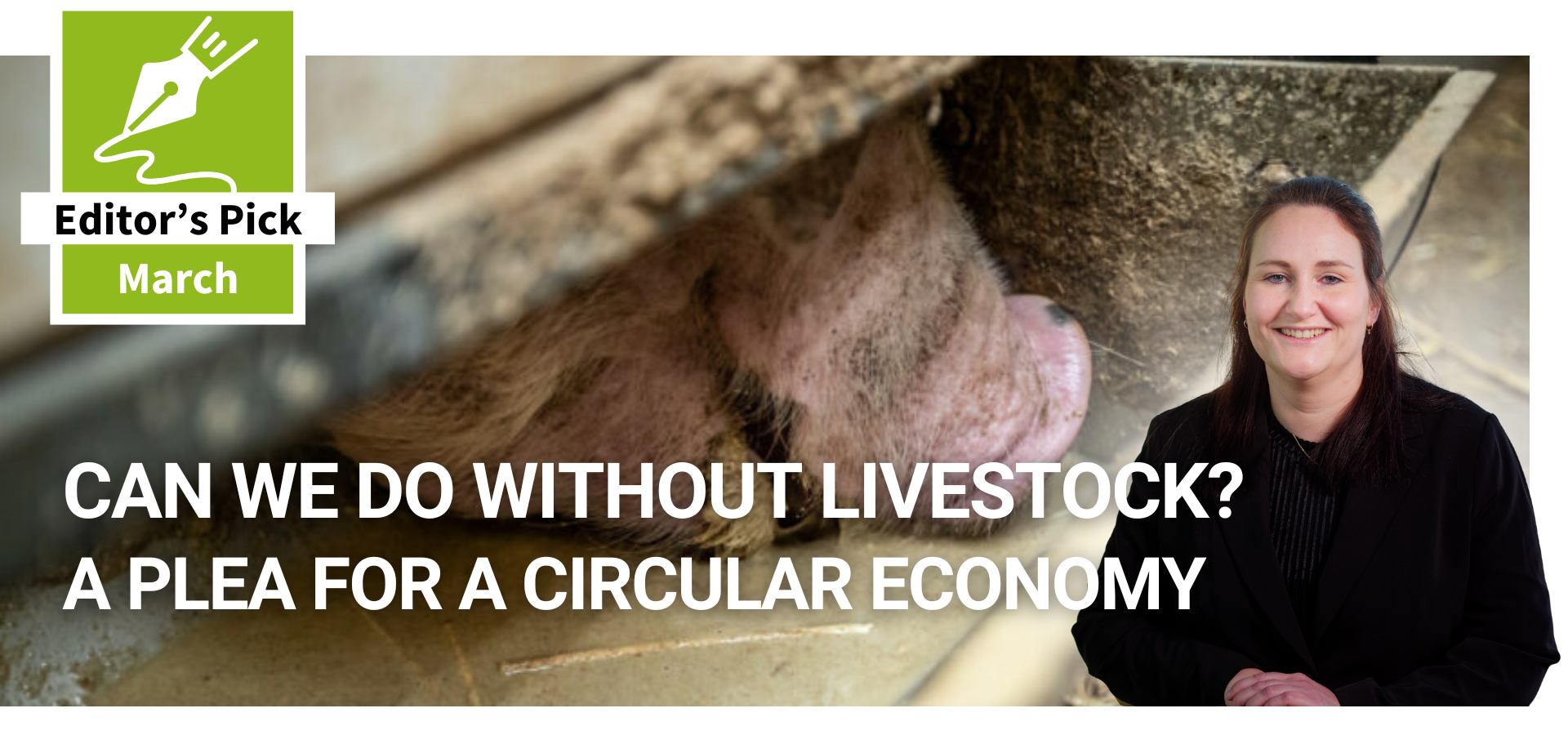Price relief for Russian feed sector could be on the horizon

In 2023, cheaper raw materials and feed additives could drive down feed prices in the Russian market, the Russian news outlet Veterinary and Life reported, citing market players.
Currently, in Europe grain prices are nearly twice the price of those in Russia, which contributes to a gradual price relief on the Russian market, Tamas Vizdak, executive director of the Russian feed additive supplier Agrofeed Rus told the publication.
Arseny Vlasov, general director of the Russian premix manufacturer Megamix, agreed that the lowering grain prices are already reflected in feed production costs. Vlasov added that the average price of some feed vitamins in Europe slumped 3 fold during the past year in the background of falling meat production and consumption in the European Union.
It is likely that feed prices will remain at the level of 2022, Sergey Mikhnyuk, executive director of the Russian National Feed Union, said, adding that some components indeed are expected to get cheaper.
Expensive logistics
However, rising logistics costs are expected to be one of the main factors preventing feed prices on the Russian market from falling this year.
“The logistics costs are quite high. If a year ago a truck delivery of 20 tonnes of cargo from Europe the cost was around €2,500, now the minimum is €5,500. That is, prices have doubled, of course, this is reflected in the production costs,” said Svetlana Alyabyeva, general director of Mustang Feeding Technologies.
The energy crisis is not over
There are chances that feed prices on the Russian market can even grow in 2023, Miknyuk said, citing high logistics costs and a possible impact of the energy crisis on European feed additives production. Basically, he said, it is unlikely that the feed prices that were rising throughout 2022 would collapse this year.
Additional energy costs are likely to drive up the price of European feed additives in export markets, including Russia.
“I suppose that this [energy crisis] will bring certain adjustments to the production costs and, as a result, the selling prices of those feed additives that they [European suppliers] manufacture. In addition, the feed additives produced using microbiological synthesis are also likely to rise in price due to soaring raw materials costs,” said Mikhnyuk, adding that, in general, it is the market trends should get clearer by the middle of 2023 when some factors are expected to stabilise.











